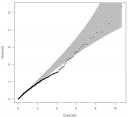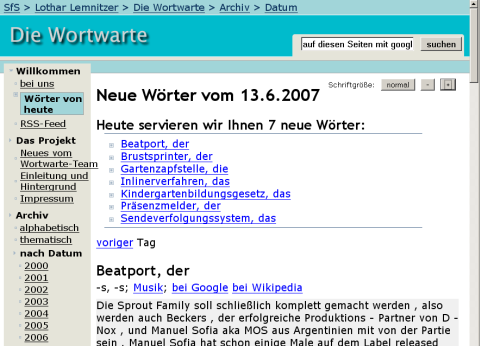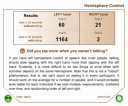True or not, there are reports about sale of human organs from prisoners in China (link1, link2) and India (link3). I do not want to be involved in a business where life is being prolonged until multi organ explanation and death being defined by ever changing arbitrary criteria.
I have also a deeply rooted belief about the integrity of the human body – there is natural barrier against organ transplantation both from an immunological and psychological side (cannibalism is a taboo in every human culture). So, I would like to ask doctors in the emergency room to work hard to save my life (as I did also for many years rescuing other lifes).
In case, you want to read more on that topic, please go to an excellent essay in the TAZ. Many other physicians will share my belief, that donation of organs should remain an individual decision.





